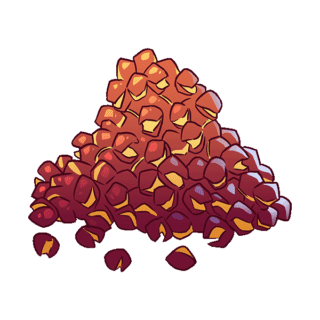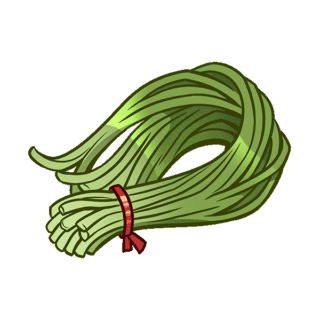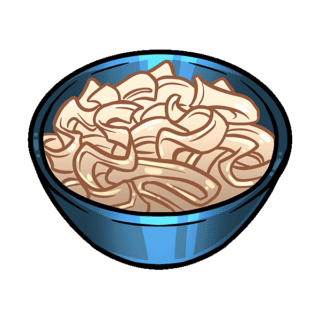Szechuan
The most famous component of Szechuan food is the Szechuan peppercorn that’s historically cultivated there, as well as other chili peppers that were likely introduced to the region from further west in Asia during the Silk Road period.
While those ingredients are quite prominent in Szechuan province, part of the region’s culinary prominence is how versatile it is. This includes using a wide array of vegetables, meat (especially pork), mushrooms and fungi, and cured foods, plus loads of different spices; along with the namesake peppercorn and other chilis, anise, garlic, ginger, orange peel, cloves, and more.
In fact, while “spicy” is probably the most famous aspect of Szechuan’s taste, one of its hallmarks is the complexity of its flavors. There are traditionally seven key ones: sweetness, saltiness, acidity, bitterness, “pungency” (the floral characteristic of garlic and ginger, for example), nuttiness, and then of course, spicy.
Szechuan cuisine is so famous and beloved that the capital of Szechuan province, Chengdu, is recognized by UNESCO as a city of gastronomy.
Many of the dishes the West associates with Chinese food is specifically Szechuan cuisine, and American-Chinese food is often predominantly based on Szechuan dishes. These include dishes such as mapo tofu, hot and sour soup, tea-smoked duck, Kung Pao chicken, various hot pots, and endless stir-fried or braised foods, noodles, and so much more.
If you’re cooking Szechuan food at home, you can find your ingredients at Uwajimaya.





